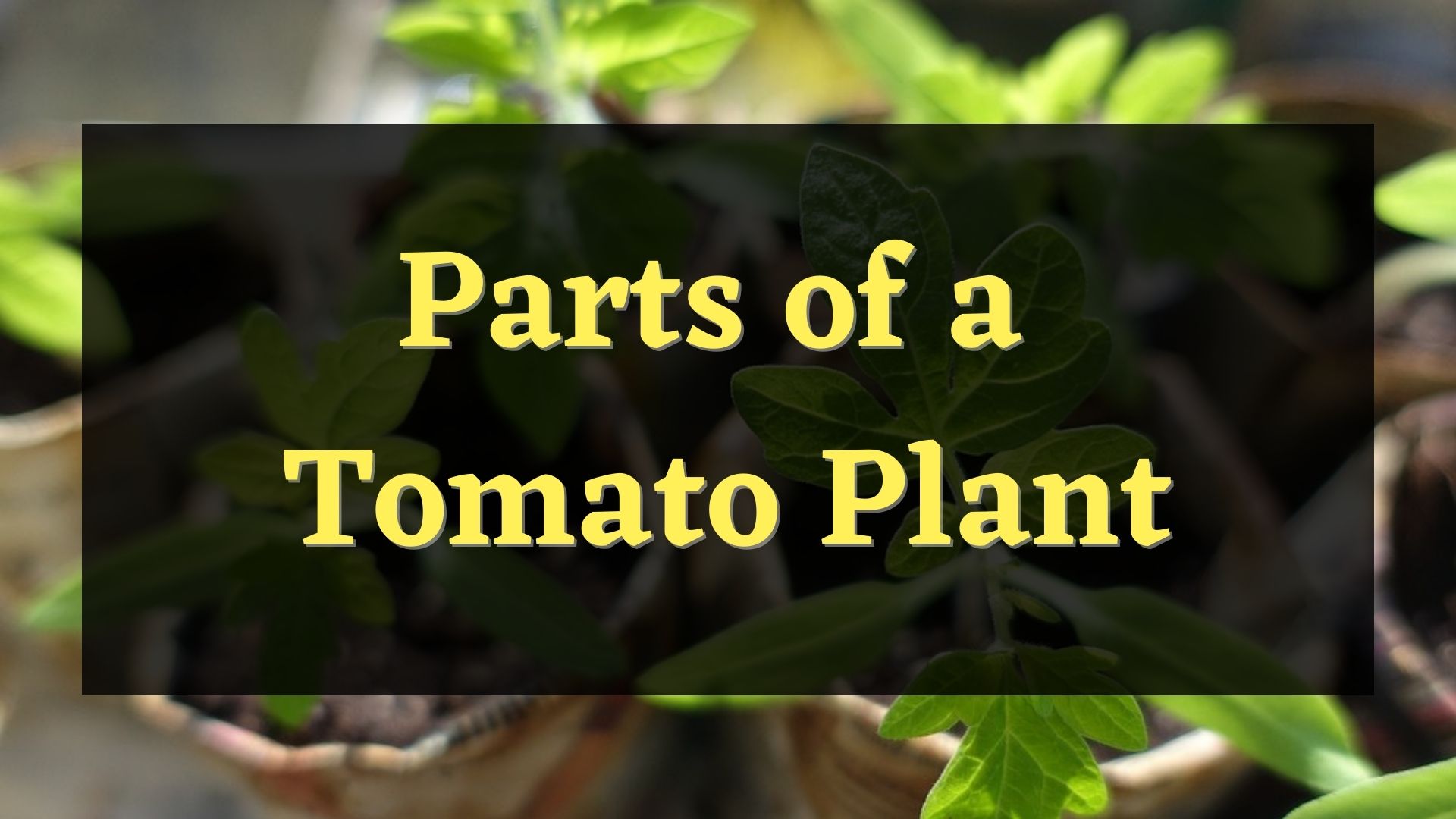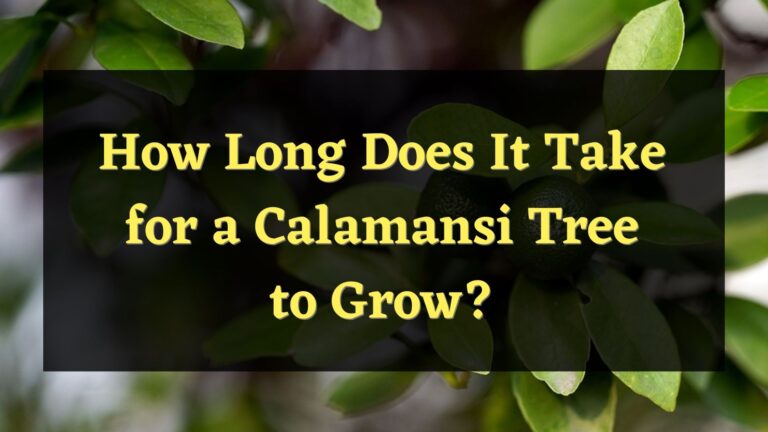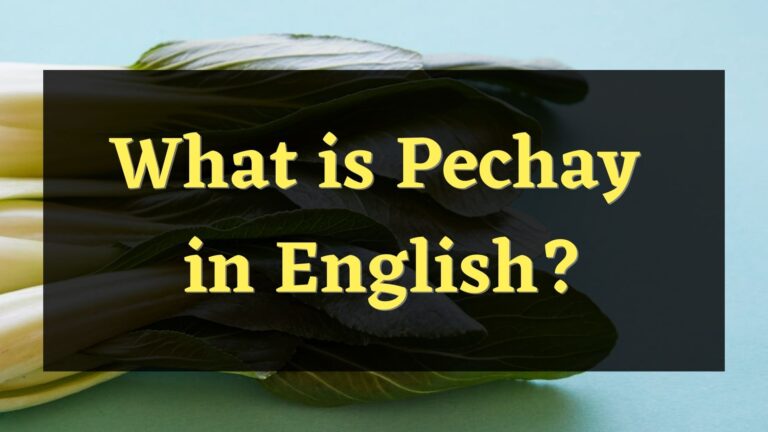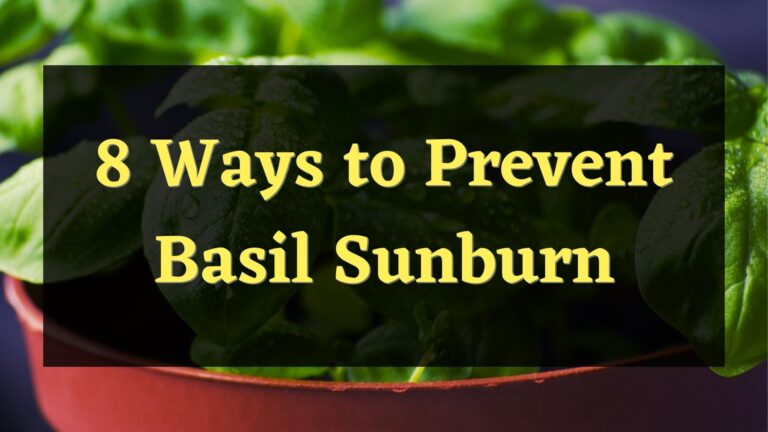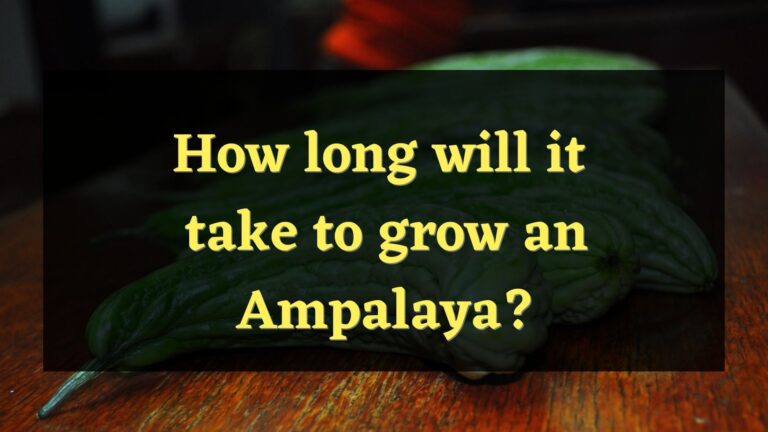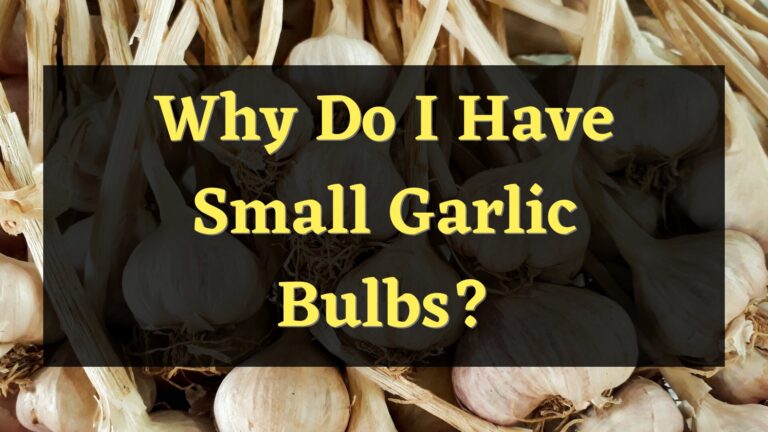Are you looking to study the different parts of a tomato plant? You are in the right place. I am going to discuss in this article each part of this plant, its main functions, and how it will help the plants to thrive and survive.
About Tomato Plant
Plants exist with a unique purpose that most people had benefited from it. It has its own characteristic that contributes to the health and advantage of mankind. All around the world, plants of different kinds such as fruit, seed-bearing, or ornamentals plants, emerge to sustain human survival.
In fact, those who eat vegetables were the ones who had good health estate. To mention, tomato is one among the numerous, which had a role in promoting human health. Tomato is rich in nutrients called lycopene or antioxidant. Lycopene defends the body against oxidative pressure and safeguards it from definite body pollutants, toxins, and chronic illnesses. As we go along, we will learn more about tomatoes.
What are the parts of a Tomato?
From the roots to the tip of their leaves, tomatoes have their peculiarity. Tomatoes are easy to grow and can produce a number of fruits in a cluster. In the Philippines, tomatoes grow abundantly because of the country’s tropical climate which suits the atmosphere of tomato demands. Let’s take a glance at its different parts and characteristics.
Fruit
In botany, tomatoes, though considered to be a vegetable around the world, certainly belong to a fruit. It is indeed considered a family of berries that has all the characteristics evident therein. Its fruit is developed by forming a flower that turns into a fruit bud, later becomes fleshy, and contains seeds.
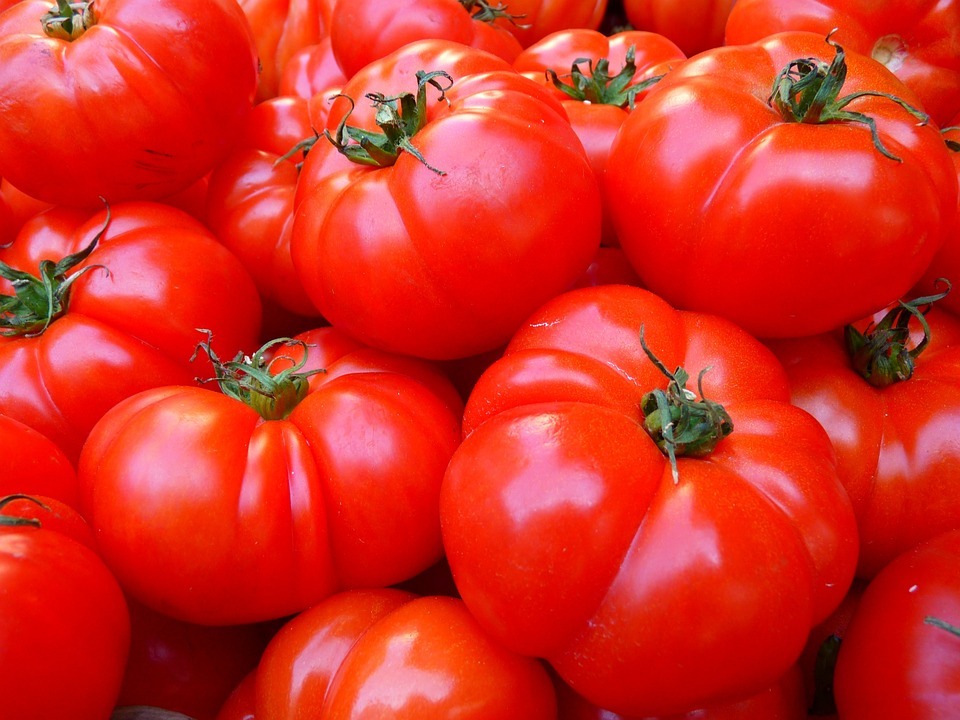
Tomato fruit is round spherical to oval and elongated to pear-shaped depending on the kind or variety. It has the color green at its young stage, gradually turns to yellow-orange, and finally turns to fiery red when reaches it its full maturity. It is juicy and has numerous seeds inside it. This kind of berry may vary in diameter from 1.5 to 7.5 cm or 0.6 to 3 inches or more.
Flower
The flower’s principal role in a plant is to invite pollen mattresses to make sure the fertilization, reproduction, and existence of the plant genus. The five-petaled flowers are yellow, 2 cm or 0.8 inches across, and have a fragrance that attracts pollinators such as birds, bees, and other insects.
These pollinators are agents to spread pollen from one plant to the other. Tomato flowers have different parts such as a stamen, (for the male part), a pistil, (for the female part), sepals, petals, and nectar glands.
Leaves
Photosynthesis is the process, by which plants make their food through the leaves of the plant. Tomatoes leaves are usually green in color, fibrous, thin intensely odorous, and up to 45 cm or 18 inches long.
Stems
Tomatoes are classified as herbaceous plants. It has branching stems that grow out their branches from axillary–lateral buds. Their stems are not sturdy and firm. They are usually vine-like and bend down when fruits on tip of it were heavy for them to carry.
From roots to the shoot, leaves to the fruit were the minerals and nutrients carried passing through its stems. Stems supply nutrients to the entire part of the plant and produce new living plant tissue.
Roots
Roots are an important part of any plant. It carries water and nutrients to the other parts of the soil. It functions as the anchor of the plants. Tomato develops roots from its stem which supports the growth of the plant when another part of the stem had been damaged. The adventitious roots are beneficial to their stems as support to encourage a larger root system.
FAQs
Is a tomato a root, stem, or leaf?
Lianas also known as vines, are climbing plants or climbers with extended, bendable, ascending stems and are deep-seated in the ground, and frequently have long-hanging subdivisions of branches. Tomato is one kind of vine plant typically growing 180 cm or 6 ft or more.
This plant can live in a greenhouse for 3 years as estimated. Tomatoes grow in a succession of branching stems and these are dicots. It has a terminal bud that grows and becomes its stem. When reaches and contacted the ground and soil moisture, it becomes roots, particularly if the joining of the branches to its main root has been damaged and disengaged.
Tomato vines are naturally fibrous, meaning with fine short hairs. The hairs enable the growth of its vine in a process. So, is a tomato a stem, leaves, or a root? Yes, a tomato is a stem or vining plant.
Which part of the tomato is a seed?
In tomatoes, the female reproductive organ, which is the ovary, is positioned at the base of the pistil. It has the ovary enclosing the ovules which are responsible for fertilization. An embryo develops and forms multiple numbers of seeds that can be seen inside its tomato fruit.
Which parts of the tomato plant become a tomato?
The FRUIT of tomato naturally becomes its Tomato. The plant named Tomato has its scientific name “Solanum Lycopersicum came from the family of Solanaceae are edible fruit. The fruit which is watering and juicy inside has ample seeds that are used for growing it.
Conclusion
Tomato is the main nutritional source of the antioxidant called lycopene and is also a good source of potassium, folate, vitamin C, and vitamin K. These mentioned nutrients do a good benefit to our body. Without a doubt, all plants were created with their distinct facility to give what can advantage to human health. Tomato as known for its health benefit becomes a daily substance in cooking and even in markets.
Food chemists devise a way to preserve tomatoes to be used for our daily consumption such as tomato sauce, tomato paste, ketchup, and even in canned foods. This can also be used in vegetable salads, it can be put as filling in burgers, or can be consumed raw which can be freshly picked from the garden. It is widely sold in any market all around the world.
Meet Tomas Clayton, a seasoned plant gardener who has been passionate about horticulture since he was a child. Tomas John developed a love for the natural world and a strong appreciation for the beauty of plants while growing up on a farm.

